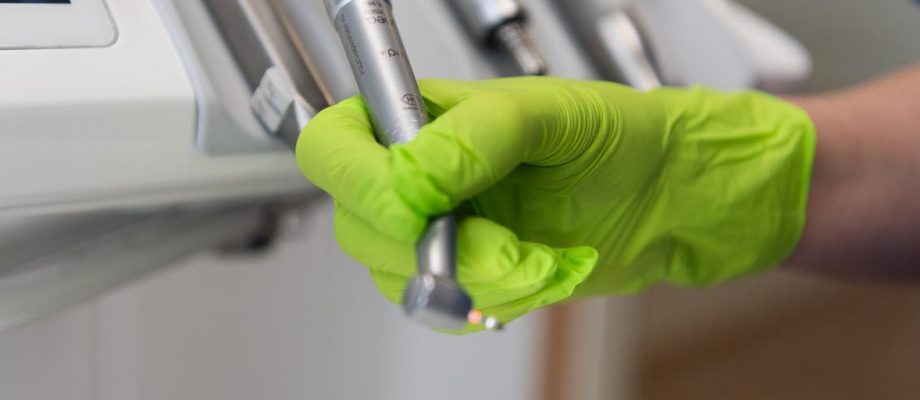
Participants will answer questionnaire items about their previous work, exposure to vibrations, and any symptoms. Each participant will then be visited by Lars Gerhardsson and his colleague, physiotherapist Ewa Gustafsson. They will conduct separate sets of tests lasting a total of 90 minutes.
The examinations will include assessments of pressure, touch, vibration thresholds, and sensitivity to cold and hot sensations in the hands. The MEBA method (Medical Examination for Ergonomically Demanding Work) will also be used to assess the degree of musculoskeletal discomfort in the neck, shoulders, arms, and hands.
An important aspect is to examine any differences between women and men. This cannot be done among dental hygienists, as almost all of them are women. Therefore, this group consists of 30 people, while the groups for dentists and dental technicians each consist of 60 people, with 30 women and 30 men in each.
It is well-documented that vibrations from tools and machinery can lead to vascular and nerve damage. In professions such as industry, construction, and building maintenance, injuries like numbness and “white fingers” are not uncommon after a career with significant exposure to vibrations and impacts. Hence, there are regulations today stipulating that employers must offer medical check-ups every three years to employees regularly exposed to vibrations and impacts.
In dental care, personnel are also exposed to vibrations, albeit without impacts. Unlike in industrial settings, routine checks are not conducted here, apart from regular health examinations. Current regulations state that checks only apply to professions where vibrations are below the frequency of 1,250 hertz. The tools used in dentistry, such as drills, have much higher frequencies, around 5,000 hertz.
Preventing occupational injuries
Lars Gerhardsson is a researcher at the School of Public Health and Community Medicine at the University of Gothenburg and a senior physician. In his clinical work, he treats patients who have suffered occupational injuries and has been researching this topic for many years.

Photo: Public Dental Service West Sweden.
“We know from previous surveys that dental care personnel suffer similar injuries to those in the industry. However, no studies have established a link with exposure to vibrations at work. That’s what we aim to do with this new study,” says Lars Gerhardsson.
The study involves 30 dental hygienists, 60 dentists, and 60 dental technicians. Dental hygienists and dentists are recruited from among the employees of Public Dental Service West Sweden.
“We want to use research to gain better knowledge about occupational injuries in our industry, to prevent them more effectively. That’s why it was obvious for us to participate in the study and ensure its feasibility,” says Åsa Leonhardt, Chief of Dental Care Research, Development, and Education at Public Dental Service West Sweden.
Vibration injuries are increasing
Approximately 400,000 people in Sweden currently have jobs where they are exposed to vibrations for more than two hours per day. Among Lars Gerhardsson’s patients, over 20 percent suffer from injuries caused by vibrations. And the trend is worsening.
“We’re seeing a slight increase in vibration injuries, which is frustrating. That’s one of the reasons I decided to conduct this new study,” says Lars Gerhardsson.
He emphasizes the importance of the work environment but also mentions one thing that hasn’t changed much over the years.
“If we can get manufacturers more interested in designing tools in a way that reduces users’ exposure to vibrations, it would be a significant improvement.”
BY: PUBLIC DENTAL SERVICE WEST SWEDEN











